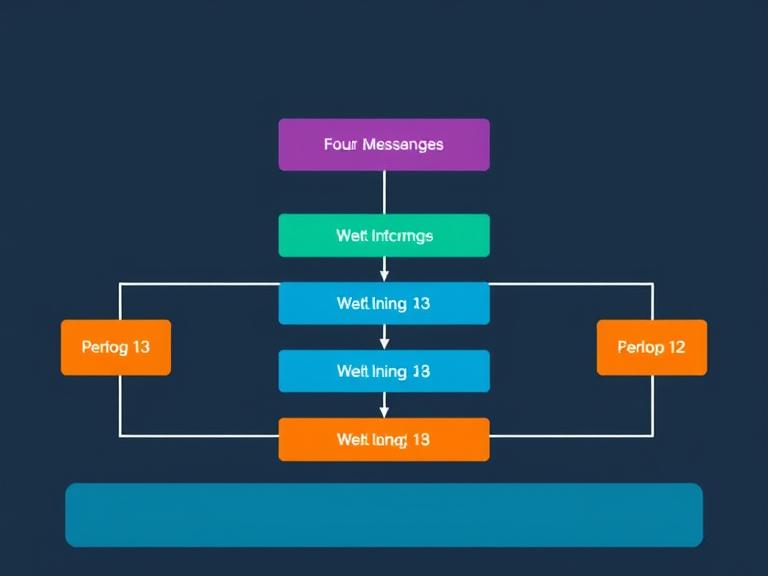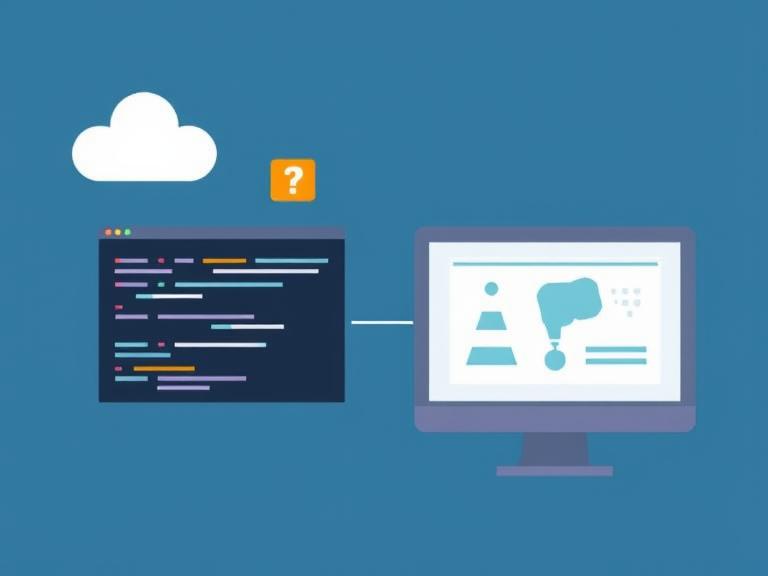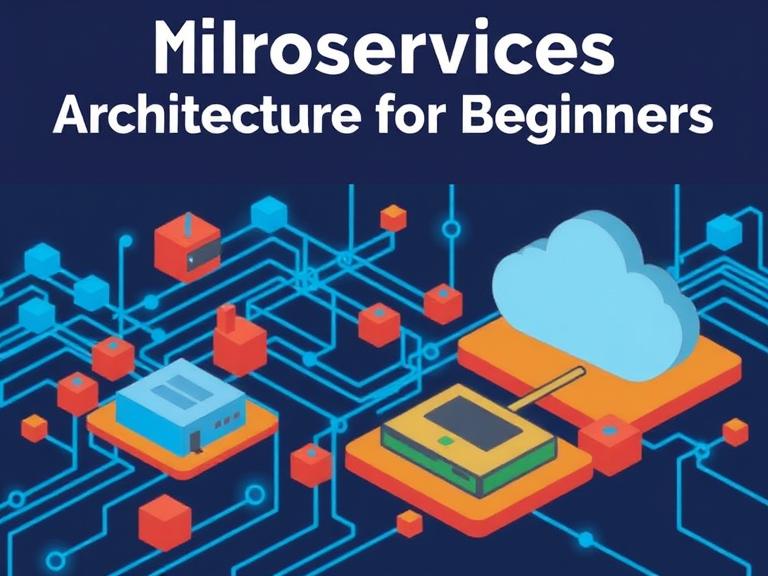Category: Blog
Understanding the difference between monolithic and distributed systems is key to choosing the right architecture for your application. Monolithic Systems A monolithic architecture means that the entire application is built as a single unit. All components (UI, business logic, database access) run in the same process. Pros: Cons: Distributed Systems In a distributed system, the […]
The Model-View-Controller (MVC) architecture is a software design pattern that separates an application into three interconnected components. This separation promotes organized, testable, and scalable code—especially in web development. MVC breakdown: How it works: Advantages of MVC: Common MVC frameworks: MVC is a timeless pattern and a solid foundation for learning structured development. It helps keep […]
An API Gateway is a server that acts as a single entry point for requests coming into a microservices-based application. It sits between the client and backend services, routing requests, handling security, rate limiting, and response formatting. Why use an API Gateway? In microservices architecture, clients would otherwise need to communicate with each microservice directly. […]
Microservices architecture is an approach to building applications as a collection of small, independent services that communicate over APIs. Unlike monolithic applications—where everything is built as a single unit—microservices allow each feature or function to be developed, deployed, and scaled independently. Core characteristics of microservices: Advantages: Challenges: Popular tools in microservices include Docker, Kubernetes, Spring […]



